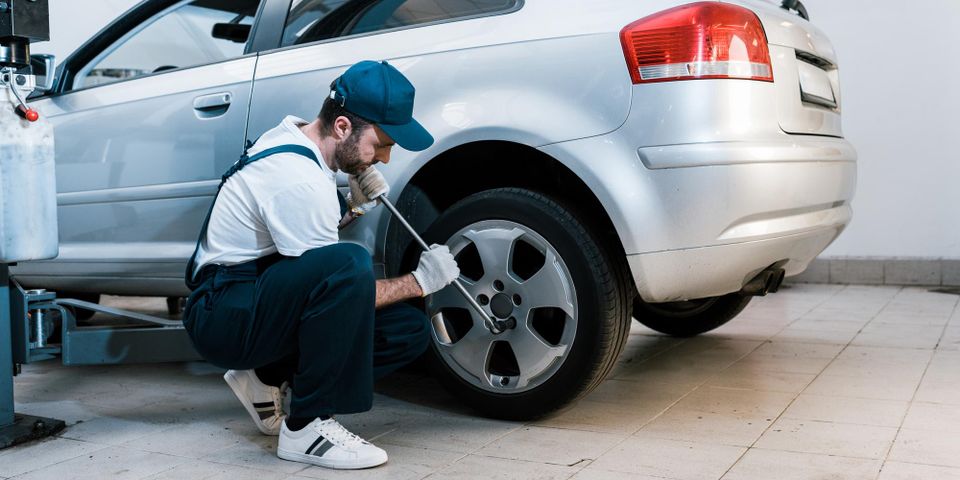
Although all tires are rubber, they can still serve different purposes. Knowing the difference between tire designs will help you select the set that will best serve your car, unique driving habits, and climate. Here are a few of the most popular designs and the purpose they serve.
What Are General Types of Tires?
1. All-Season
While the name "all-season" sounds like the tires are perfect for any time of the year, they are best in warmer climates that don't have many days below 45 degrees. The rubber is designed to flex in warm and cold weather and offers stability in wet and snowy conditions. However, they lose traction when faced with regular rain and snowfall.
2. Winter or Snow
 If you regularly drive on snow and ice during the winter, swapping your tires to winter models will keep you safer. The soft rubber construction won't harden under freezing temperatures, so they offer more traction. Also, they feature more sipes—thin slits along the side of the rubber—to provide more control when driving over snow.
If you regularly drive on snow and ice during the winter, swapping your tires to winter models will keep you safer. The soft rubber construction won't harden under freezing temperatures, so they offer more traction. Also, they feature more sipes—thin slits along the side of the rubber—to provide more control when driving over snow.
3. Low-Profile
Many modern sports cars and high-end models come equipped with larger wheels to accommodate low-profile tires. This unique design has a shorter sidewall and a lower aspect ratio than average. This plus their wider tread provides improved traction and steering. They also corner faster and more efficiently and have reduced braking times. On the downside, they deflate quicker and are more prone to damage from potholes and uneven roads. The thinner sidewall also makes for a bumpier ride.
Whatever res you need, find them at Davis Tire in Chillicothe, OH. Since 1979, this family-owned and -operated dealer has provided affordable new and used tires from quality brands like Cooper®, Firestone®, and Michelin®. They also offer repair services, including computer spin balancing, rotations, and TPMS service and adjustments. Call them today at (740) 774-3363 to schedule an appointment, and visit their website to view their products.
About the Business
Have a question? Ask the experts!
Send your question

